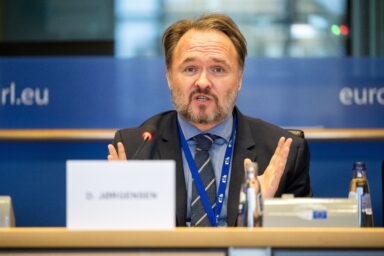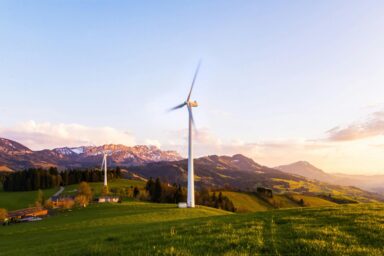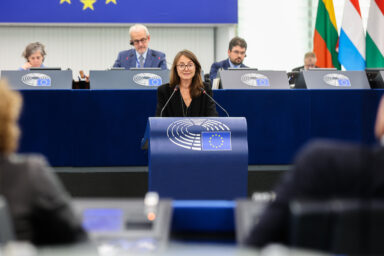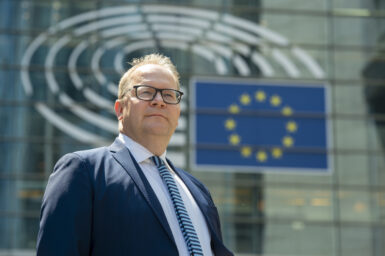Despite ongoing geopolitical tensions between the EU and Russia over the war in Ukraine, a new Russian gas pipeline project could be emerging in Southeast Europe. Hungarian outlet Portfolio.hu reported this week that if confirmed—and it’s a big IF—Hungary could play a central role.
Portfolio.hu’s report ran on 13 August—the same day European leaders were focused on a virtual summit ahead of the US-Russia meeting. At that moment, a new pipeline was certainly not front and centre on anyone’s mind. But it goes to show that Russian interest never sleeps. If the project moved ahead, first and foremost, it could worsen tensions between Brussels and Budapest. Viktor Orbán’s Hungary is already seen as a contentious EU member, while Serbia faces what has been described as a “rocky path” towards membership. This wouldn’t help: increasing reliance on Russian energy would hardly improve either country’s standing but rather put them on a collision course with the EU executive.
Does it make economic sense?
According to the daily, plans for a pipeline (or refurbishment of existing infrastructure) are under discussion between Serbia’s Srbijagas and Russia’s Gazprom. Serbia is dependent on Russia for gas imports (93% dependent on Russia in 2024, according to the article) and the country appears focused on securing supply and strengthening its role as a transit corridor for Russian gas into Europe. Meanwhile, the EU is dedicated to zeroing dependence on Russian gas imports by 2028.
Similarly, Hungary is also heavily reliant on Russian gas. Hungary’s Minister of Foreign Affairs and Trade, Péter Szijjártó, was quoted by Portfolio.hu as saying in April that expanding capacity at the Ukrainian-Hungarian border and building a new 190-kilometre pipeline segment—costing about 130 billion forints—would be necessary.
Arguably, like Serbia, it could benefit as a transit hub through transport revenues and more secure supplies. But only as long as interest lasts.
You might be interested
What does Russia want?
For Russia, Gazprom’s role alongside Srbijagas signals a desire to maintain energy influence in Europe despite sanctions and isolation. But there is a real risk the pipeline could be underused or face sanctions-related restrictions if the EU holds firm to its energy timetable. Meanwhile, though picked up by other Hungarian outlets, such as HVG, the main source for the story is Russia’s Izvestia—a publication with historical ties to Gazprom itself. Given the outlet is not considered independent, the messaging could be as much about economics as much as antagonising the EU leadership. Or more importantly, laying a new groundwork for a potential post-war framework, in which Russian gas was allowed—in some capacity—‘back’ into the EU.
No return to the past
Looking ahead, the future of Russian gas in Europe will likely hinge on broader geopolitical developments, including any eventual peace deal between Russia and Ukraine. But for now, and perhaps long into the future, it seems more likely the door will be slammed shut. That, despite the fact that in June, Austria’s junior minister on energy, Elisabeth Zehetner, floated the idea that Russia could return to Europe’s energy mix under a future agreement: “…it is clear already that when the war is finally over, that is something that we should take into account.” However, her office later walked the statement back and reiterated its support for a Russian ban. More clearly, leaders like Commission President Ursula von der Leyen have repeatedly stressed the importance of eliminating any renewed dependency on Russian energy.
In the pipeline
Projects like new pipelines understandably take years to complete, making a broader re-engagement with Russian energy a distant possibility—one that will be tempered by other major developments first: a ceasefire and a stable and fair peace deal. Many details, such as potential reparations and post-conflict conditions, have only been hinted at so far, much less discussed.
Meanwhile, the EU continues to build emergency gas reserves, diversify its supplier base, and accelerate renewable energy investments. The risk remains that Budapest’s and Belgrade’s energy choices could deepen their political isolation—complicating their futures within the EU and putting broader European energy cohesion under pressure. Serbia and Hungary are on their own, should they pursue this path.











